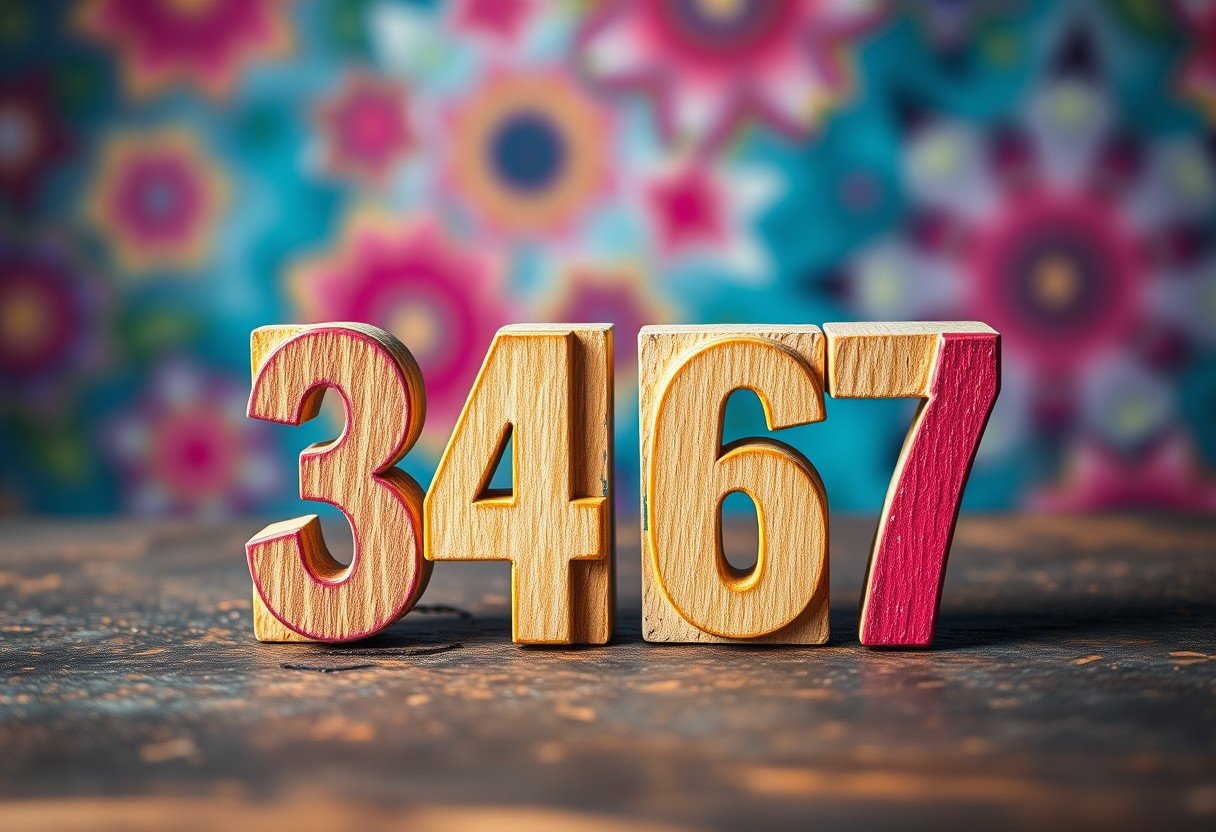Have you ever wondered how many different pairs of numbers you can make from a group? Specifically, if you have all the positive whole numbers up to 99, how many unique sets of two can you choose? This is a classic combinatorics problem. The solution involves a straightforward formula that helps count these pairs without listing them all out. By the end of this guide, you’ll see exactly how we arrive at the answer: 4,851 unique pairs.
Defining the Scope: What are Positive Integers Less Than 100?
Before we start counting, it’s essential to be clear about what we’re working with. A positive integer is simply a whole number that is greater than zero. This means we are talking about the numbers 1, 2, 3, and so on.
The problem specifies that these integers must also be “less than 100.” This sets a clear boundary for our number pool. The numbers we can choose from are all the whole numbers starting from 1 and ending at 99. Therefore, we have a total of 99 distinct numbers available for our selection.
This definition is crucial because it excludes zero, all negative numbers, and any number 100 or greater. Our entire calculation is based on this specific set of 99 integers. Understanding this range is the first step toward solving the problem correctly.
Combinations vs. Permutations: Why Order Doesn’t Matter Here
In mathematics, counting arrangements can be done in two main ways: permutations and combinations. The difference is simple but important: permutations care about the order of items, while combinations do not.
For this problem, we are asked to choose a “set” of two integers. In a set, the order of the elements is irrelevant. For example, the set {5, 10} is exactly the same as the set {10, 5}. Because the order does not change the identity of the pair, we are dealing with a combination.
If the problem had asked for an ordered pair or a sequence, the order would matter, and we would use permutations. Since it doesn’t, we can use the combination formula, which simplifies the process by automatically ignoring duplicate pairs like {5, 10} and {10, 5}.
The Key to the Calculation: Understanding the Combination Formula
To find the number of combinations, we use a powerful and widely-used formula. It allows us to calculate how many ways we can choose a smaller group of items from a larger pool, where the order of selection doesn’t matter.
The formula is expressed as C(n, k), which reads as “n choose k”. It is calculated as:
C(n, k) = n! / (k!(n-k)!)
Let’s break down what each part of the formula means in the context of our problem.
- n: This is the total number of items you can choose from. In our case, these are the positive integers less than 100, so n = 99.
- k: This is the number of items you are choosing for each set. The problem asks for a set of two integers, so k = 2.
- !: This symbol is called a factorial. The factorial of a number is the product of all positive integers up to that number. For example, 5! = 5 x 4 x 3 x 2 x 1 = 120.
This formula is the mathematical tool that will give us our precise answer without any guesswork. By plugging in our specific values for n and k, we can systematically determine the total number of unique pairs.
Step-by-Step Calculation: Finding the 4,851 Unique Pairs
Now that we understand the formula, let’s apply it to our problem. We need to calculate C(99, 2), which is the number of ways to choose 2 integers from a set of 99.
First, we plug our values into the formula:
C(99, 2) = 99! / (2! * (99-2)!)
This simplifies to:
C(99, 2) = 99! / (2! * 97!)
To make the calculation easier, we can expand the factorials. Notice that 99! is 99 x 98 x 97 x … x 1, and 97! is 97 x 96 x … x 1. This means we can cancel out the 97! from the top and bottom of the fraction.
The calculation becomes:
C(99, 2) = (99 x 98) / 2!
Since 2! is just 2 x 1 = 2, the final step is:
C(99, 2) = (99 x 98) / 2 = 9702 / 2 = 4,851
So, there are exactly 4,851 unique sets of two positive integers that can be chosen from the numbers 1 to 99.
| Step | Calculation | Result |
| 1. Identify n and k | n = 99, k = 2 | – |
| 2. Apply the formula | 99! / (2! * 97!) | – |
| 3. Simplify the factorials | (99 x 98) / 2! | – |
| 4. Final Calculation | 9702 / 2 | 4,851 |
Practical Applications in the Real World
While this might seem like a purely academic exercise, understanding combinations has many practical uses in various fields. This simple principle of counting selections is a cornerstone of probability and statistics.
In data science, for instance, researchers use combinations to determine the number of ways to create sample groups for studies. In finance, it can be used to figure out the number of possible pairings of different stocks in a portfolio.
Even in everyday life, combinations play a role. They are used to calculate odds in lotteries and card games, helping to determine the likelihood of a specific outcome. Grasping this concept provides you with a fundamental skill for analytical thinking and decision-making. It shows how a simple mathematical idea can have broad and significant implications.
Frequently Asked Questions
What does it mean to choose a set of two positive integers less than 100?
This means you are selecting two different whole numbers from the group of numbers 1, 2, 3, all the way up to 99. The set must contain two unique numbers; for example, {7, 7} is not a valid choice.
Is the order of the numbers important in the set?
No, in a set, the order does not matter. The set {3, 5} is considered identical to the set {5, 3}. This is why we use the combination formula, which counts these as a single possibility.
What if I wanted to choose the same number twice?
If you were allowed to choose the same number twice (e.g., {25, 25}), the problem would change. This is called “selection with replacement.” In that case, you would have 99 choices for the first number and 99 for the second, resulting in 99 x 99 = 9,801 total pairs.
Why can’t I just multiply 99 by 98 to get the answer?
Multiplying 99 by 98 calculates the number of permutations, where order matters (so {3, 5} and {5, 3} are counted as two separate outcomes). Since we are dealing with sets where order doesn’t matter, we must divide by 2 to remove these duplicates, leading to (99 x 98) / 2.
Can I use this formula for choosing more than two numbers?
Yes, absolutely. The combination formula is versatile. If you wanted to choose a set of 3 integers from 99, you would calculate C(99, 3). The variables ‘n’ and ‘k’ can be adjusted for any similar counting problem.








Leave a Comment